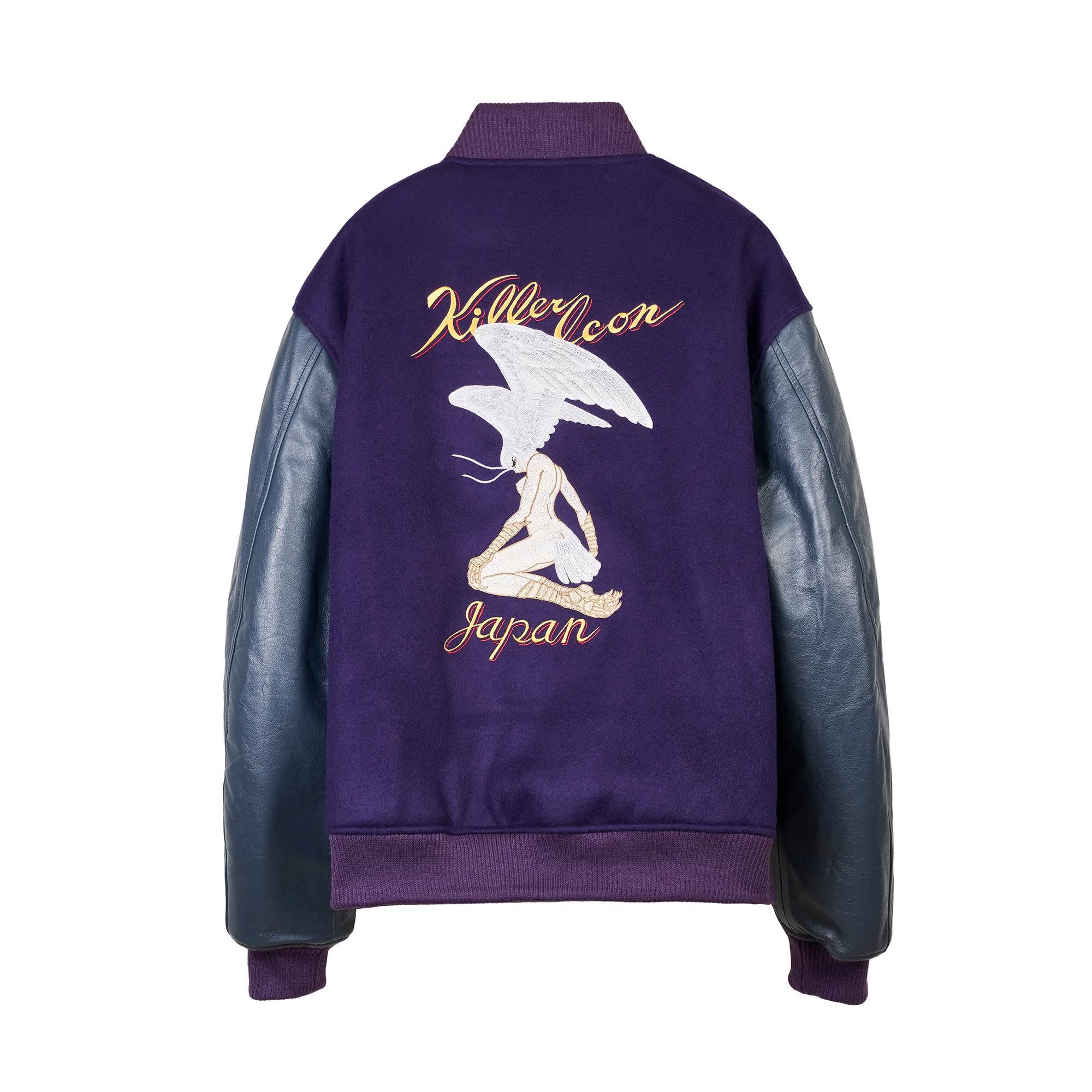For over two decades, Japan has fumbled in fusing its massive pop culture clout with a domestic fashion industry desperate for international approval.
Ever since Beauty:Beast designer Takao Yamashita proposed a Mobile Suit Gundam-inspired collection called Hyper Over Drive in 1998 that sent models down the runway with robotic legs borrowed from the iconic anime, the fashion industry has struggled with what to do with this potent but not particularly chic intruder. In the late 1990s and early 2000s, this was particularly true — long before the likes of Yohji Yamamoto and Jun Takahashi directly collaborated with popular anime. At the time, wearing even mainstream pop culture references was highly subcultural. Beauty:Beast’s collaboration with cosplay label Cospa’s Sailor Moon souvenir jackets was arresting simply because it suggested that these themes could be fashionable.
That was then, but now with Uniqlo pumping out pop culture collaborations on a monthly basis, it’s hard to imagine that such joint projects were once the talk of Harajuku’s backstreets. It was this tension to declare your otaku interests publicly that made it so potent when Yamashita frequently referenced pop culture symbols for control and repression in his work; it was the stigma about pop culture in fashion that he sought to break through. This resonated abroad as it does now, with high profile department store placements at the likes of Harvey Nichols in the United Kingdom that lasted until the Beauty:Beast’s hiatus in 2000.

















With your current subscription plan you can comment on stories. However, before writing your first comment, please create a display name in the Profile section of your subscriber account page.